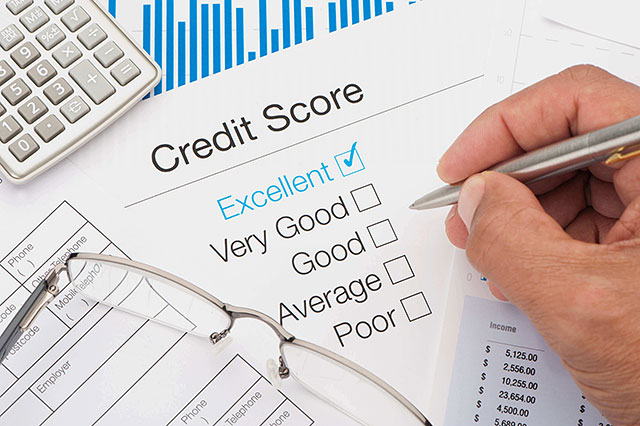Experian fined $3 million by CFPB for confusing customers about credit scores.

Do you ever wonder if the credit score you receive is really the credit score that lenders use to access your risk? If you haven’t, you probably should be.
The Consumer Financial Protection Bureau (CFPB) recently ordered Experian to pay $3 million in penalties for deceiving consumers. The case focuses on Experian’s PLUS Score, which they sell to consumers for a fee. The problem? A PLUS Score is not used to make lending decisions. Instead, it’s considered an “educational” score.
Unfortunately, Experian failed to make this clear to consumers that purchased their PLUS score from at least 2012 to 2014. The CFPB ruled that the lack of clarity provided violated the Dodd-Frank Wall Street Reform and Consumer Protection Act. In addition to paying the penalty, Experian must implement a new plan to make sure their consumer credit score advertising practices comply with federal regulations.
Why can I have more than one consumer credit score?
A credit score is a calculation of a consumer’s risk as a borrower; it shows lenders the “creditworthiness” of a particular borrower. A low credit score means you’re a high-risk borrower who may default. A high score helps you get approved because it shows your responsible with credit.
However, there’s more than one way to calculate a credit score. In fact, there are many. Although they all typically asses the same five basic factors, they often “weight” and score those factors differently. Each credit bureau maintains their own proprietary version of your credit report. They also each have a proprietary way of scoring you.
In addition, companies like FICO (Fair Issac and Company) also have credit scoring models that evaluate your risk. The FICO score is used in 90% of lending decisions. This means lenders look at FICO instead of Experian’s PLUS score or the proprietary scores of Equifax or TransUnion.
Discrepancies in scoring the same consumer
The problem the CFPB identified is that consumers purchased a PLUS score thinking it would show how likely they were to get approved. However, there were significant discrepancies between PLUS and FICO. As a result, consumers who thought a loan application would be smooth sailing were turned down. They complained to the CFPB, that found this discrepancy occurred frequently enough to warrant the penalty.
The CFPB wants Experian to clarify that a consumer’s PLUS Score is not a credit score used in lending decisions. Instead, it’s considered an “educational score.” This means PLUS is intended to give you a general idea of where you stand. However, it can’t be used to guarantee that a lender will approve you for a loan or a credit card.
“If you want 100% certainty that the score you’re looking at is the one your lender will use, you should go through FICO,” explains Gary Herman, President of Consolidated Credit. “If you receive a different score through paid credit monitoring service or one of your credit cards comes with credit tracking, take that score with a grain of salt. It can help you track your overall credit health, but it isn’t a guarantee that you’ll be approved.”
How important is it to know your FICO?
Herman advises that for most people, having a general idea of where your credit stands is usually enough. Every consumer should have two primary credit goals:
- Maintain a clean credit report
- Take positive actions for your credit while avoiding negative ones
“If you focus on taking the right steps for your credit, then in most cases you shouldn’t have a problem when it comes time to apply for new credit,” Herman explains. “However, if you recently went through a period of financial distress and need to apply for a loan, you may choose to pay to see your score. In this case, always try to get your FICO score.”
Still, Herman argues that paying for credit monitoring is often an extra cost you don’t need in your budget. Instead:
- Review your credit reports once per year, downloading them through annualcreditreport.com.
- Dispute any mistakes or errors you find, particularly negative items that may hurt your score.
- Pay all bills on time to generate a positive payment history.
- Keep credit card debt minimized. In general, you should utilize no more than 30% of your total available credit line
- Don’t apply for too many new loans or credit cards within a six-month period.
“Following these steps diligently will maximize your credit score,” Herman concludes. “That way you can apply for credit with confidence, even though you may not know your score.”
For more information on building a better credit profile visit the Credit section of our website.